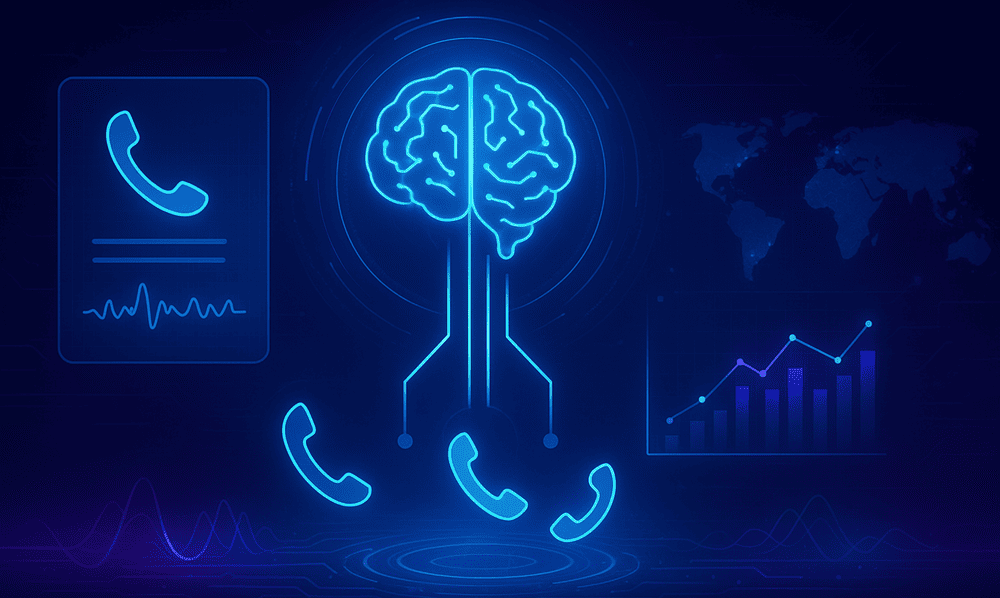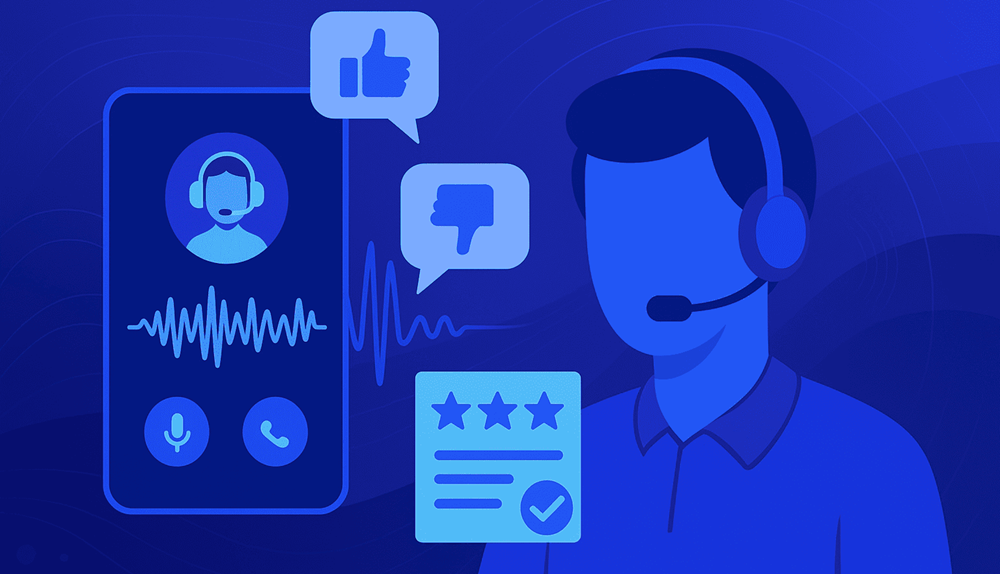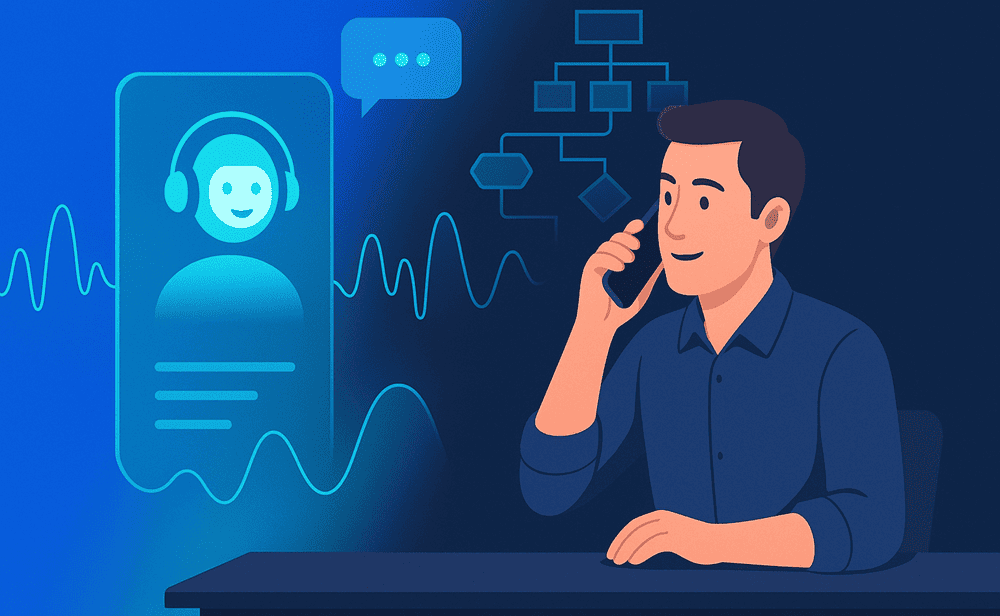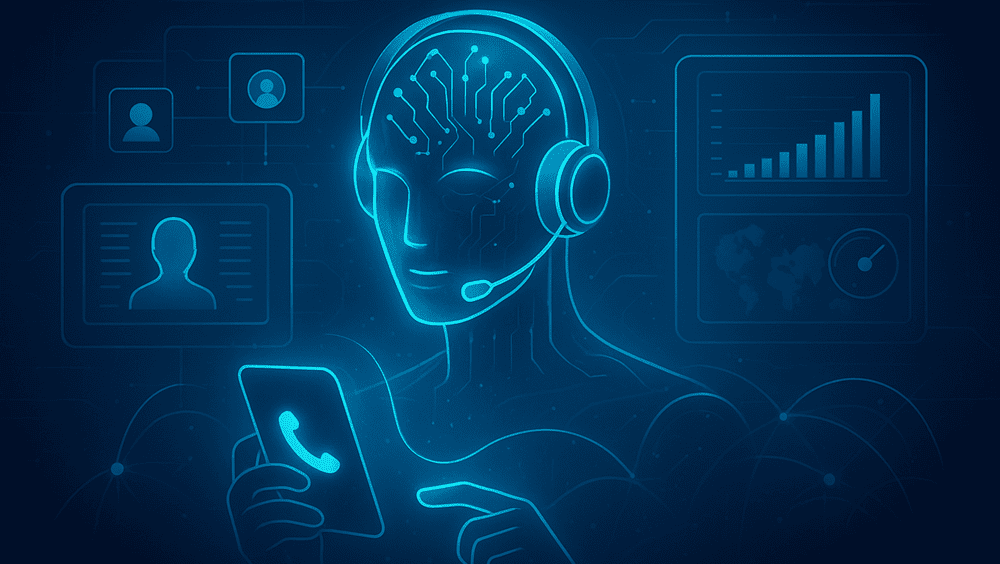In the fast-paced world of customer engagement, every inbound call is a chance to win or lose a client. But in many businesses, these opportunities slip away due to missed calls, slow responses, or unstructured handling. Enter AI inbound calls technology, designed to not just answer the phone, but to convert callers into paying customers or qualified leads.
Modern AI-powered systems go beyond basic call handling. They integrate advanced ai call handler capabilities, call routing assistant logic, and smart inbound response tools to turn a ringing phone into revenue.
The Business Value of AI in Inbound Calls
Inbound calls are often high-intent touchpoints. According to BIA/Kelsey research, inbound calls convert to revenue 10–15 times more often than web leads. That makes optimizing call handling a critical growth lever.
Traditional call centers often rely on human availability and scripted interactions. These can be limiting in high-volume scenarios or during off-hours. By contrast, AI inbound calls solutions can:
- Answer instantly—no hold music or dropped calls
- Route callers to the right department or person
- Capture and qualify leads automatically
- Maintain consistent tone and quality in every conversation
This is why forward-thinking businesses are increasingly pairing AI with their ai voice assistant solutions to ensure no opportunity is lost.
How AI Transforms the Inbound Call Process

The magic of AI in inbound calls isn’t in answering, it’s in managing the entire journey from greeting to conversion.
Here’s what the workflow often looks like:
-
Instant Answering
The AI system picks up calls 24/7, eliminating long wait times and after-hours losses.
-
Intelligent Routing
Acting as a call routing assistant, AI determines the caller’s need and directs them to the right team or resource.
-
Real-Time Personalization
AI tools recognize repeat callers, pull up past interactions, and adjust the tone and content of responses accordingly.
-
Conversion-Oriented Flow
Through a smart inbound response strategy, AI guides the caller toward a booking, purchase, or next step.
-
Data Capture & CRM Updates
Every detail caller info, needs, sentiment—is logged automatically for follow-up and analytics.
Why AI Inbound Calls Outperform Manual Handling
While skilled agents are invaluable, AI offers advantages that humans alone can’t match at scale:
| Feature | Manual Handling | AI Inbound Calls |
| 24/7 Availability | ❌ | ✅ |
| Instant Response | ❌ | ✅ |
| Data Consistency | Variable | Always Accurate |
| Call Volume Capacity | Limited | Scalable |
| Lead Qualification | Subjective | Objective & Data-Driven |
By combining AI with human oversight, you get the best of both worlds—speed, accuracy, and empathy.
Role of AI Call Handlers in Customer Experience
An ai call handler isn’t just a voice—it’s a problem solver. It listens, processes, and acts without hesitation. It ensures that your customer ai assistant not only responds quickly but also offers the right solutions.
For example, a service-based company could configure its AI to:
- Recognize an existing client by phone number
- Pull up their last service appointment
- Offer to schedule the next one instantly (integrating with ai appointment scheduling)
- Process payment or confirm booking—all without human intervention
This seamless experience reduces friction and increases the likelihood of repeat business.
From Answering Calls to Driving Conversions

The goal of AI in inbound calls is not merely to respond—it’s to convert. That means anticipating what the caller wants and making it easy for them to take the next step.
Example: Home Services Company
- A prospect calls for an urgent plumbing repair.
- The call routing assistant connects them to the right technician’s schedule instantly.
- AI confirms the booking and sends SMS/email confirmation within seconds.
- Result: Customer satisfied, lead converted, technician scheduled—all before the competition even returns a call.
This approach also integrates well with ai voice agent integration, enabling your systems to sync data across sales, marketing, and customer service platforms.
Comparing AI Voice Agent and Chatbots for Inbound Calls
Many companies wonder: should we invest in a voice ai agent vs chatbot? The answer depends on how your customers prefer to engage.
- Voice AI Agents excel when the conversation is complex, urgent, or emotionally charged—like troubleshooting or booking a time-sensitive service.
- Chatbots work well for simple FAQs or asynchronous queries via website or messaging apps.
In inbound calls, voice AI agents often win because they replicate the natural pace and tone of human speech, building trust faster.
Smart Inbound Response: The Competitive Advantage

A smart inbound response means more than fast answers—it means relevant ones. AI can detect caller sentiment and adjust its tone, prioritize high-value leads, or escalate to a human agent when needed.
Key elements of a smart inbound strategy:
- Personalization: Referencing customer history in the first sentence.
- Efficiency: Reducing call transfers and hold times.
- Conversion Focus: Using clear, persuasive prompts to move toward the sale.
- Follow-Up Automation: Scheduling callbacks, sending quotes, or confirming appointments without manual steps.
Implementing AI Inbound Calls in Your Business
Rolling out AI inbound systems requires planning to maximize ROI. Here’s a step-by-step approach:
- Audit Your Call Flow
Map out where calls are currently lost or delayed. - Choose the Right Platform
Ensure it supports support automation, CRM integration, and omnichannel capabilities. - Train and Configure
Program your AI with industry-specific phrases, policies, and escalation rules. - Pilot Test
Run AI alongside your existing team for a few weeks, comparing performance. - Measure & Refine
Track KPIs like first-call resolution, booking rates, and customer satisfaction.
The Future of AI in Inbound Calls
AI inbound calling is evolving quickly. Upcoming trends include:
- Sentiment-Driven Routing: Directing frustrated callers to specialized agents.
- Predictive Assistance: Offering solutions before the customer states their problem.
- Multilingual Instant Support: Expanding reach across global customer bases.
- Integration with Sales AI: Moving leads from call to purchase seamlessly.
Forward-looking companies are already using these features to stay ahead, especially those that combine inbound AI with ai voice agent solutions for outbound follow-up and upselling.
Final Thoughts
Every inbound call has the potential to turn into a sale, a booking, or a loyal customer. But without the right system in place, these opportunities are easy to miss.
By adopting AI inbound calls with the power of an ai call handler, call routing assistant, and smart inbound response, you ensure that every ring of the phone gets the attention and intelligence it deserves. Pairing this with customer ai assistant technology and support automation helps create an always-on, conversion-focused call experience.
In short, AI doesn’t just answer the phone, it answers with purpose.




